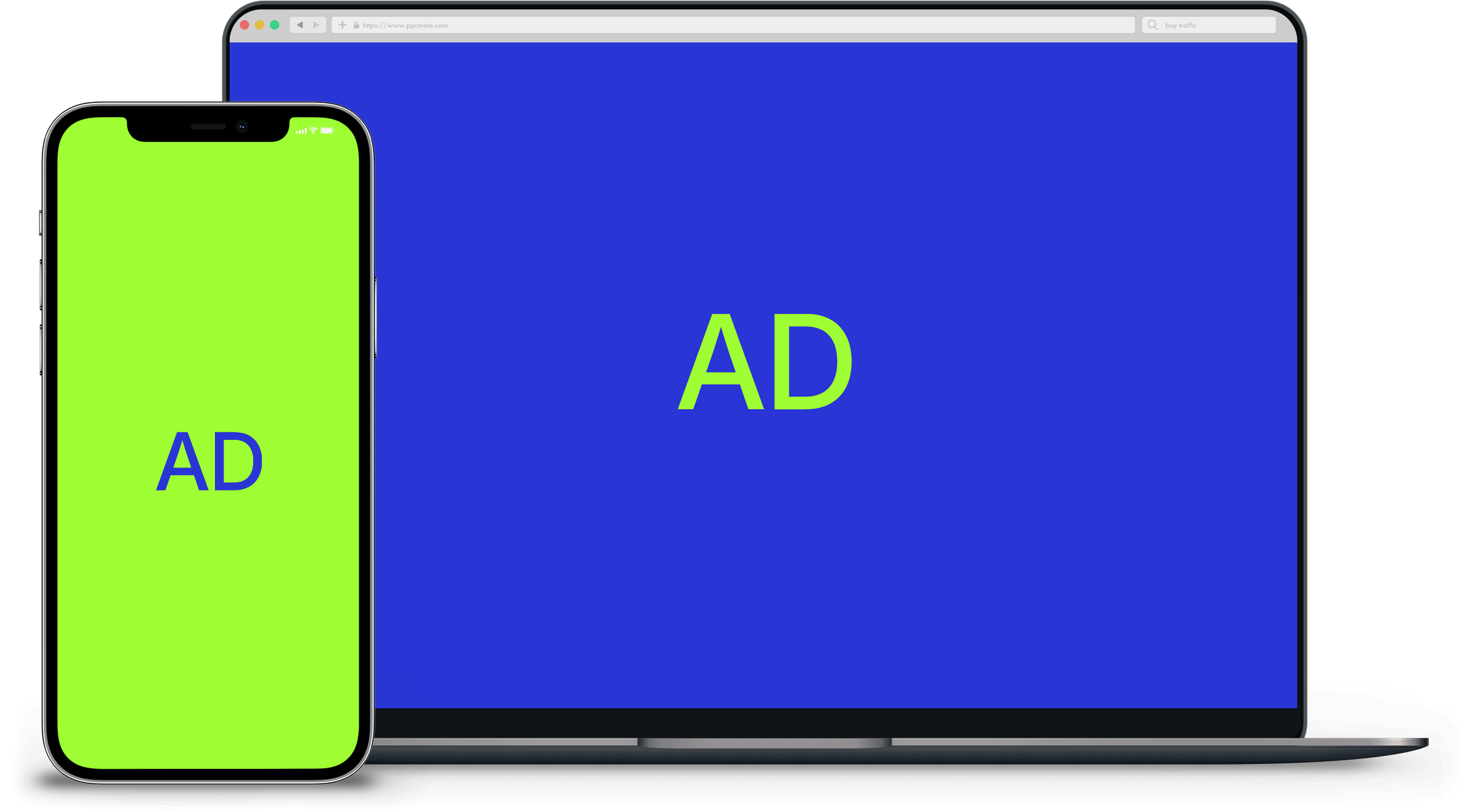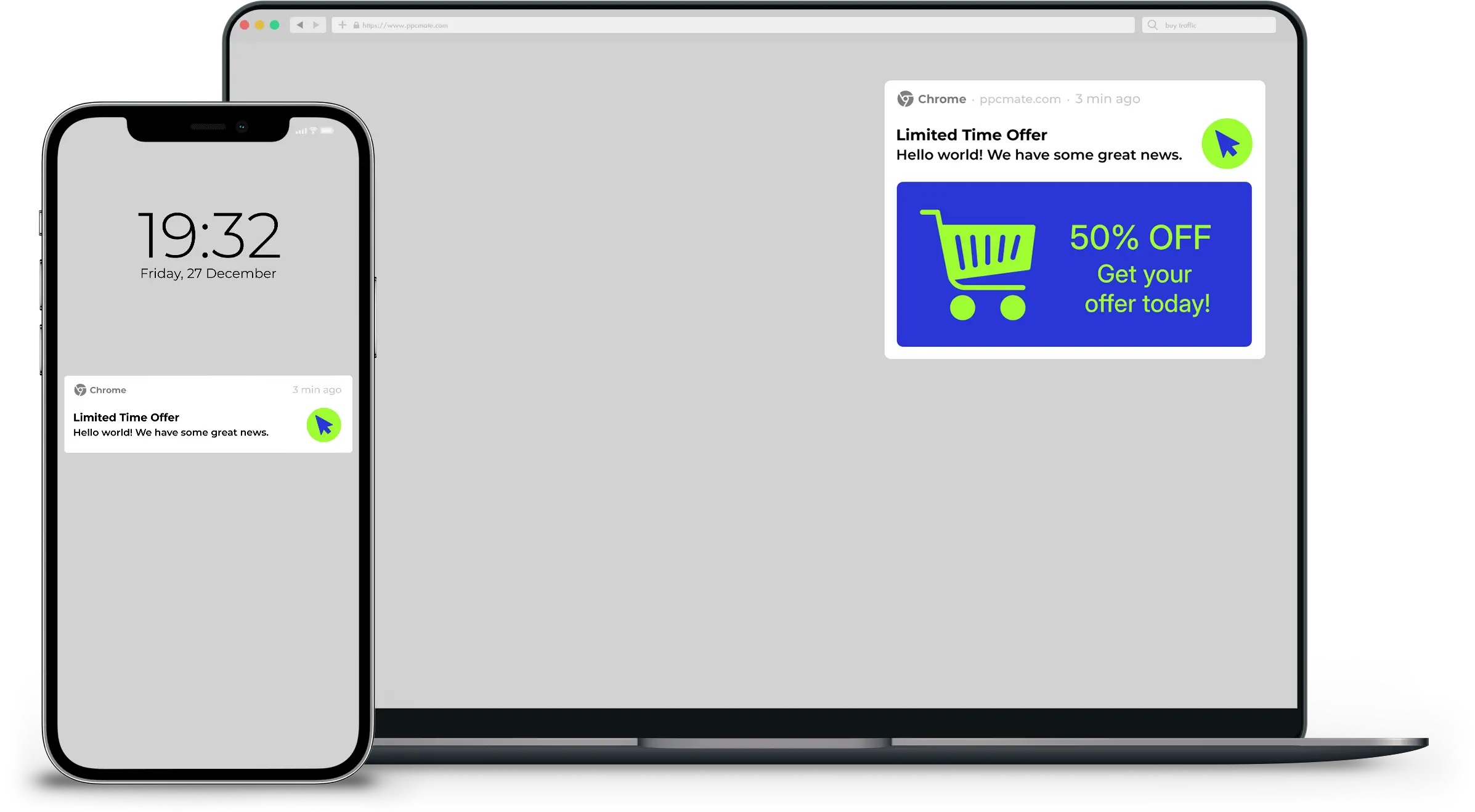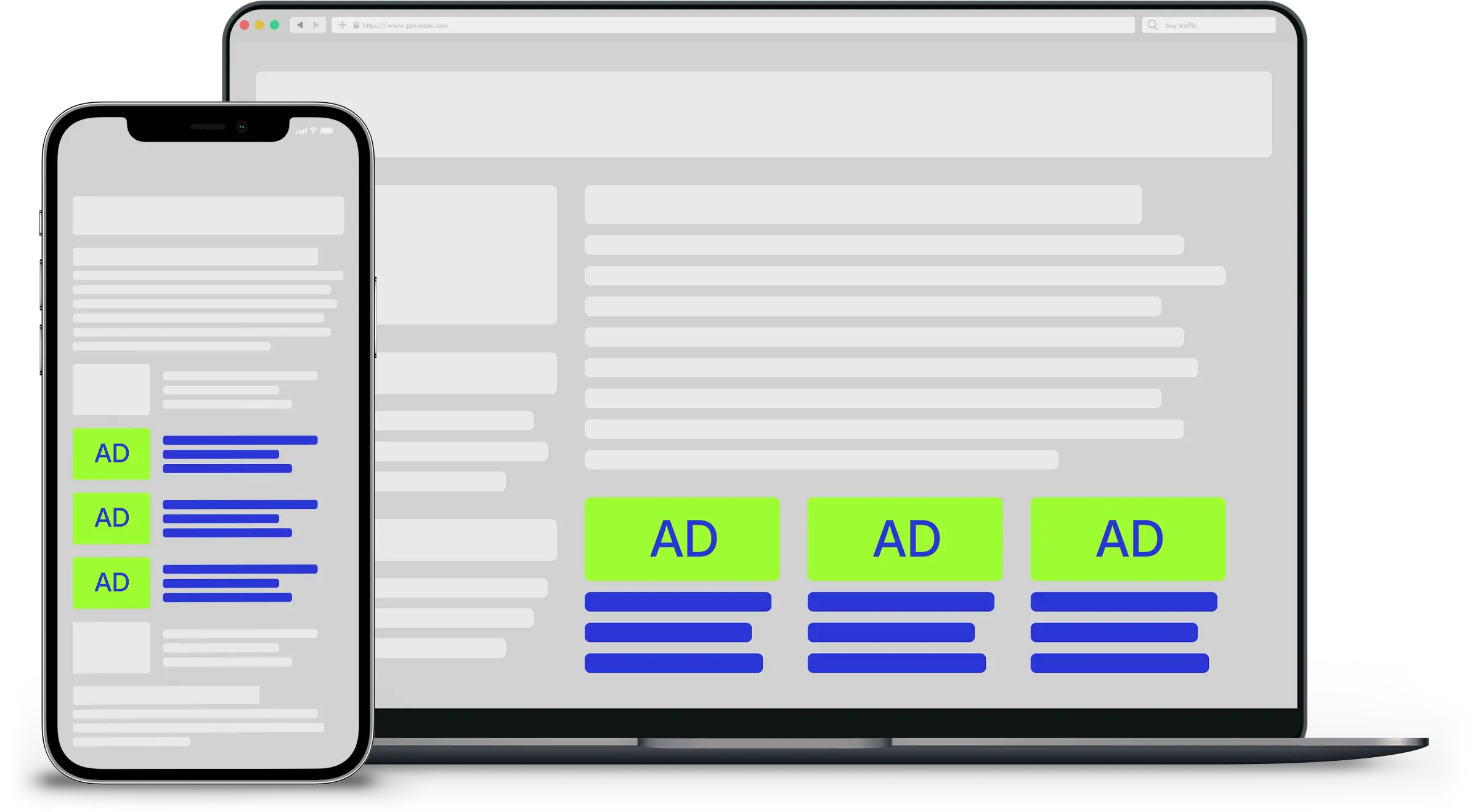After co-founding and being one of the key figures in building Buddy Media into a major Salesforce acquisition and then staying on with Salesforce for a few years, he launched Ragovin Ventures, a strategic advisory group for startups and brands. One of those startups was Social Native, a marketplace and technology platform that helps connect brands with 14 million content creators globally, which he became involved with in January 2016. One year later, he’s taking it to a whole new level, going in-house as Social Native’s chief growth officer.
CEO David Shadpour, who started the company, was very persistent, but convincing Ragovin to go in-house anywhere was going to be an uphill battle. “It wasn’t necessarily in the cards for me go to anything full time,” Ragovin admits. In many ways, it’s a testament to the business opportunity at hand. After Ragovin connected Social Native to some brands he had worked with previously, the resulting campaigns generated astounding metrics. He realized that companies needed content for all sorts of purposes–creating a huge market opportunity for Social Native–and the cards for signing on fell into place. “This feels like Buddy Media from back when we started the business,” he says. Hardly faint praise, considering their $745 million exit. Moreover, Ragovin’s hardly the only feather in Social Native’s cap: Eytan Elbaz, co-creator of AdSense (later acquired by Google) is coming on as chief strategy officer.
Why is Social Native so hot? Its mission is audacious yet achievable: helping brands create high quality, custom, affordable content on demand. The Los Angeles-headquartered startup is backed by industry veterans–including Ragovin and Elbaz–whose previous startups have managed to create over $6 billion in equity value.
The Rise of Native Advertising
Native advertising has been a hot topic over the last year. As consumers evolve and become more technically sophisticated, it becomes harder to reach them. When we’re at home, we’re more likely to use our DVR to fast forward through commercials. When we’re browsing the internet, adblockers are on the rise, cutting out a lot of brand messaging. When you look at a platform like Social Native, however, it is able to turn advertising upside down because it’s truly native.
Ragovin feels that brands have a particular struggle around creating and delivering integrated, personalized customer experiences. “How do we get things across in a truly authentic way?” he asks. “There’s so much noise.” Indeed, whether or not it’s a digital ad or a physical billboard, we’re all beset by irrelevant advertising in our daily lives.
There’s a problem in the advertising world: You have a choice. You can either create awful advertisements at scale that no one seems to really care about, other than your CEO. Or you can create these heartfelt, interesting, native ads that just don’t scale that well. What’s great about Social Native is that it is creating ads that don’t feel like ads, and at scale.
But isn’t there reason for concern about these content creators losing their authenticity by making a quick buck or two creating some native ads on behalf of brands? “The creator community is self-cleaning and self-regulating,” says Ragovin. Creators are jumping on the chance to join campaigns provided they fit some of their core criteria, asking themselves, “Does it fit my lifestyle? Does it fit my brand?” Because if the answers to those questions are no, it will kill their ability to continually build their reputation.
If you’re someone who initially scoffs at the idea of content creators and the term “influencer marketing,” you’re in good company. “When I first got introduced to Social Native, I was turned off by the space,” Ragovin admits. At Ragovin Ventures, he had been exposed to plenty of influencer-marketing-related firms. After all, there are quite a few influencer platforms that are focused on individuals with broad reach, but low social influence in any one particular topic. Social Native is going in the complete opposite direction. The company wants to align content with interests and styles; it is focused on “the long tail” of the micro-content world. Creators come into Social Native’s network based off of relevancy, not because of how many followers they might have.
A perfect example is a recent campaign with Walgreens. One content creator, a female yoga instructor, created an image of herself in her backyard, with the backdrop being a line of clothespins going across, each holding a different photo of her doing a unique yoga pose. The caption was in support of Walgreens photo prints, which she enjoys giving to her customers to support her business. It may not be the sexiest topic, but if you look at her account on Instagram, she’s using Walgreens photo printing services but it doesn’t look anything like an ad. “This is true native advertising at its best,” says Ragovin. It’s a win-win-win: for Walgreens, for content creators, and for everyone who’d rather see an authentic, genuine advertisement rather than what we’re all used to.
___
by Jeremy Goldman
source: Inc.









